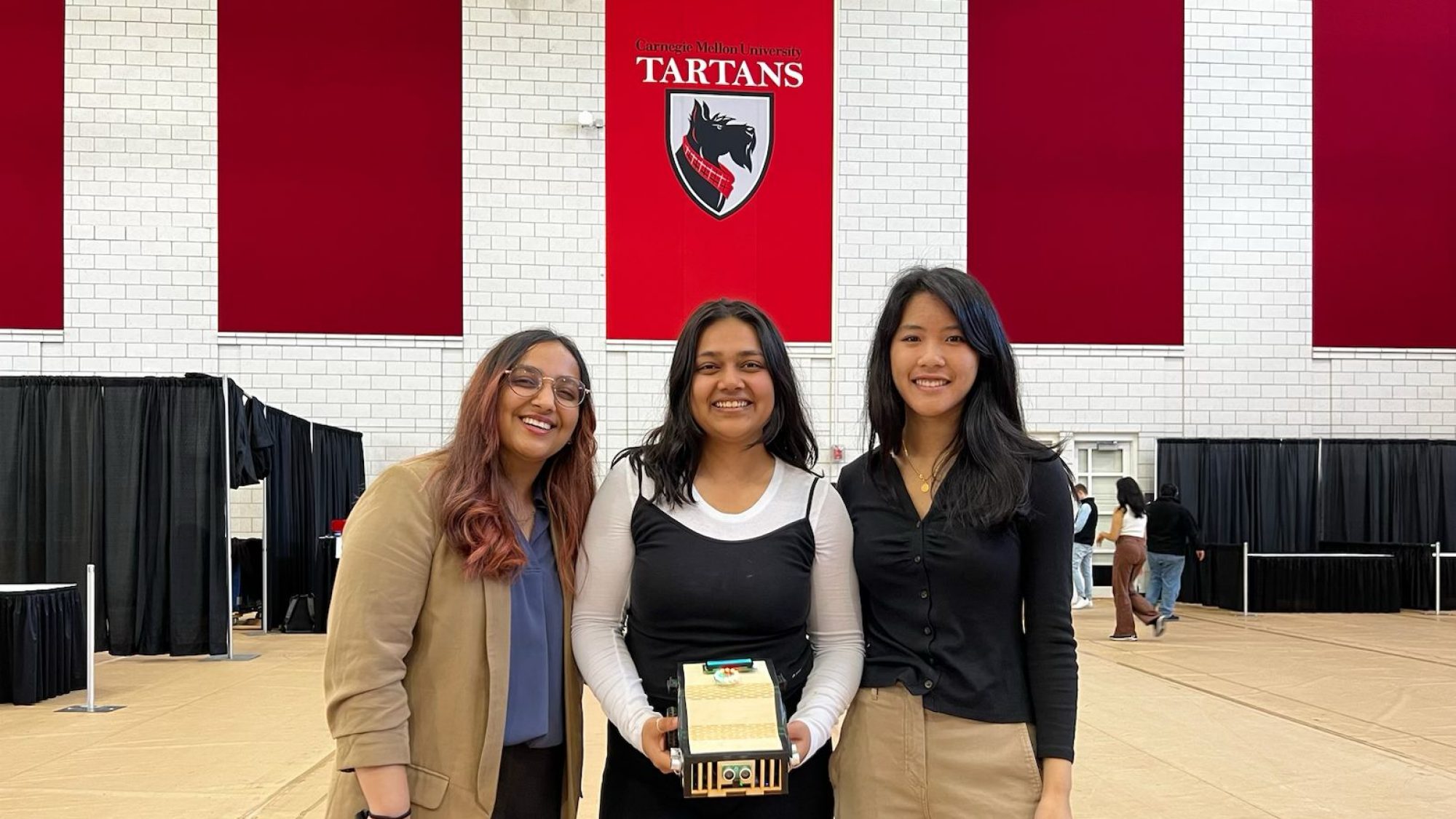During the first half of this week, I helped test and refine our robot in preparation for the interim demo. My team tested many different locations to hold the demo and tuned hyper parameters to improve the ability of the robot to track down a scent. After the demo, I switched out the Arduino Uno in our robot to an Arduino Mega. This solved the memory issues we were facing and we are now able to read from multiple sensors at a time. This means that we can now simultaneously measure the ethanol values in addition to CO2, CO, and get temperature and humidity readings. We tested the new sensor array with both incense smoke and isopropyl alcohol and found that these two scents cause all of the sensor channels to rise. This is problematic because it means that we are unable to differentiate scents just by thresholding different sensor channels. Because of this, we are switching to using an ML model to try to distinguish between scents. Moving forwards, I will help with improving this model and testing the robot. Once the classification part is integrated, our project focus is more on improving the existing setup.
In terms of verification and validation, my team has done lots of testing to optimize the robot hyper parameters and testing setup. We have placed the robot in multiple different environments and observed whether or not it detected and track down a scented cotton ball placed in the environment. We discovered that the robot is not able to move on certain uneven surfaces and in rooms where there is strong air conditioning — in these cases, the robot struggled to move or would not move in the correct direction towards the scent. Moving forwards, we will continue adjusting the robot and testing setup to ensure that it can consistently meet the design requirements of being able to track down and correctly identify a scent. We will keep track of metrics such as the time the robot takes to identify a scent and the scent classification accuracy.
